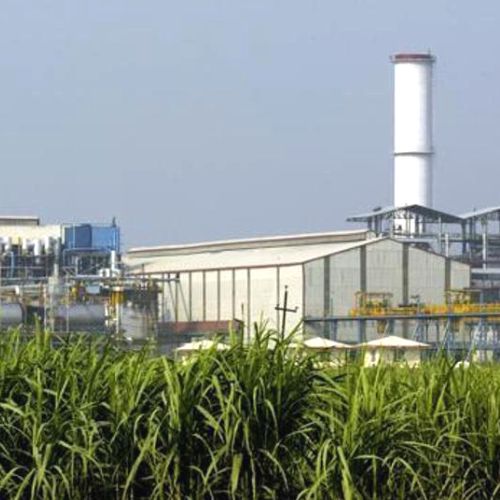Lahore: The federal government has renewed its efforts to monitor the operations of sugar mills, setting a November 8, 2024 deadline for the installation of IP-based CCTV cameras at these facilities, reported The News.
The Federal Board of Revenue (FBR), under Pakistan’s Revenue Division, issued a directive on October 30, 2024, through the Directorate of Information Technology & Digital Transformation. The notification, titled “Installation of IP-based CCTV Cameras in Sugar Mills Premises,” cited an October 28 meeting between the FBR and the Pakistan Sugar Mills Association (PSMA) at FBR Headquarters in Islamabad. The directive calls for sugar mills to implement electronic surveillance systems as agreed during the meeting.
According to the notification, PSMA members recommended placing the cameras at four main locations: the weighbridge, chain carrier, drier, and hopper/packaging area. The FBR provided the minimum specifications for the CCTV camera system and related equipment needed to comply with the order.
The notification stated, “All sugar mills must complete the installation, commissioning, and testing of this solution as per the provided specifications and guidelines and inform the FBR of the completion by November 8.” It further explained that the network video recorders (NVRs) should store at least 60 days of footage and allow the recordings to be exported in a format that can be played on standard video software without specialized CCTV software.
Furthermore, NVRs shall be housed in a cabinet or room with the keys provided to an FBR official. A panel appointed by the FBR can then access the recordings within 60 days.
The CCTV system should also be kept operating continuously by sugar mills. In case of disruption, it should be reported to the concerned authorities within 24 hours and attempts should be made to recover the system soon.
That attempt reminds me of the 2021 move by the FBR to install cameras as part of a track-and-trace system. That move did not work out due to several issues, according to a veteran sugar mill owner.
The track-and-trace system has been brought in to sort out the problem of tracing the movement of products and ensuring, that, proper payment of taxes. It was first initiated in industries involving sugar, tobacco, fertilizer, and cement. The system utilized bar codes, unique identification numbers, and management information systems to trace time-by-time production and sales to ensure tax compliance. Camera installation is added under the new plan.
For detailed information and further insights, please refer to Chinimandi.com, which provides news about the Sugar and Allied Sectors










